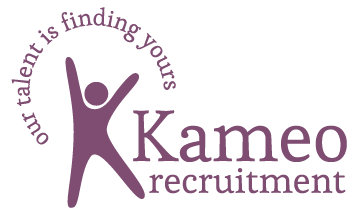“Stay in your Lane”
This exceptional piece of advice was given to Sharon when she first established Kameo. Fast forward 20 months and we, especially Sharon, are so proud of how far we’ve come and all the great things 2020 already has in store for us. As we find ourselves in the final days of the first month of the year we’re reflecting on what staying in your lane means to us and we came up with the following….
Don’t lose your way comparing yourself to others, it’s demotivating, disheartening and damages your spirit. We live in a world fixated on comparison; comparison of ourselves, belongings, partners, physical appearances, work ethic, careers but what happens when we stop comparing? We begin to see the value in the amazing things we’re doing, we fall in love with our own concepts and ideas but above all else we have the ability to recognise that what we’re doing is adding something great to the world. Albeit sometimes similar, is equally very different to what anyone else has to offer.
Make 2020 the year you become the well-wisher and the go-getter. The year you recognise that you can do something amazing without doing everything. Stay happy by staying in your lane.










